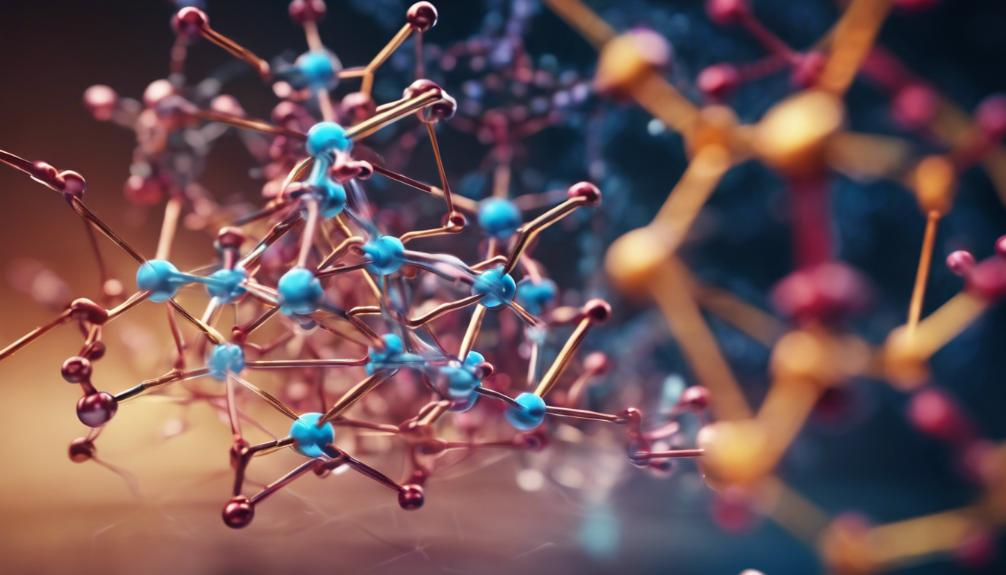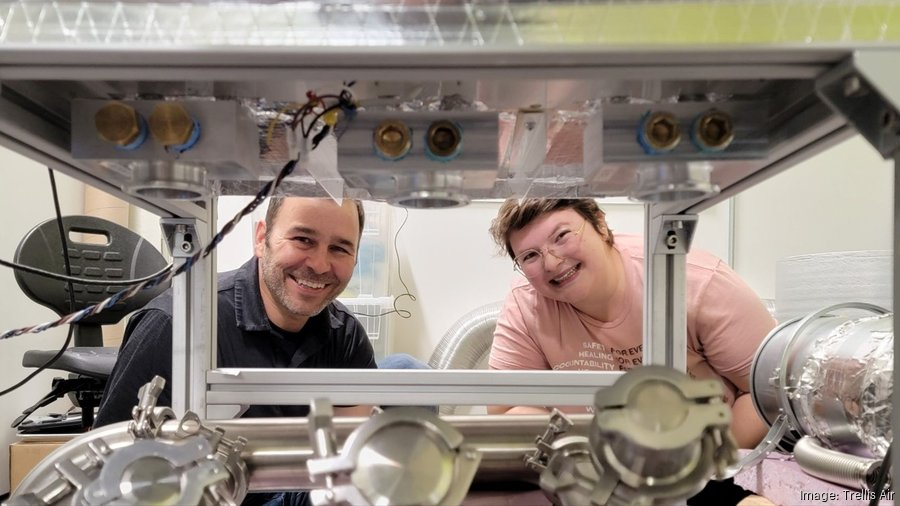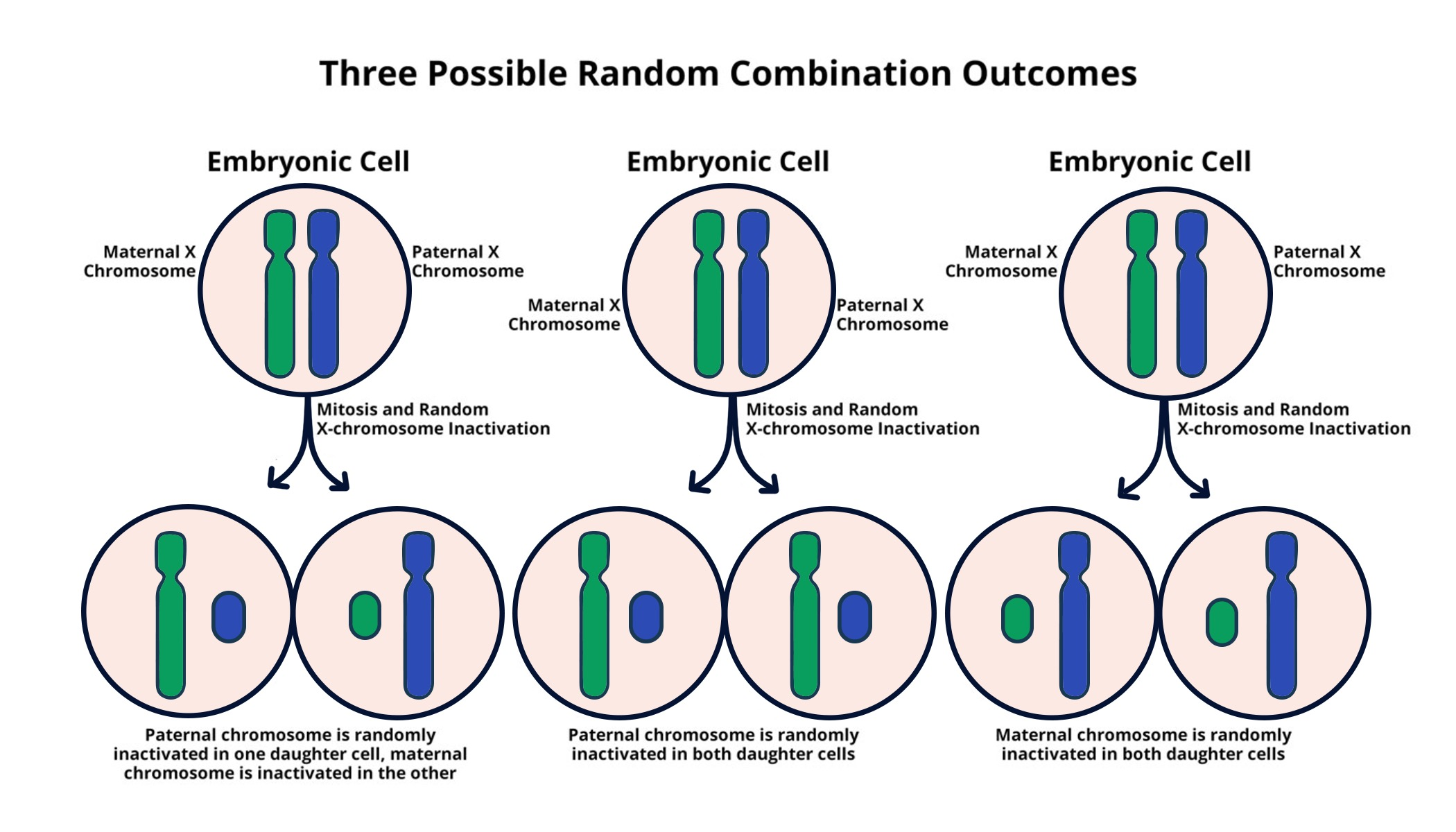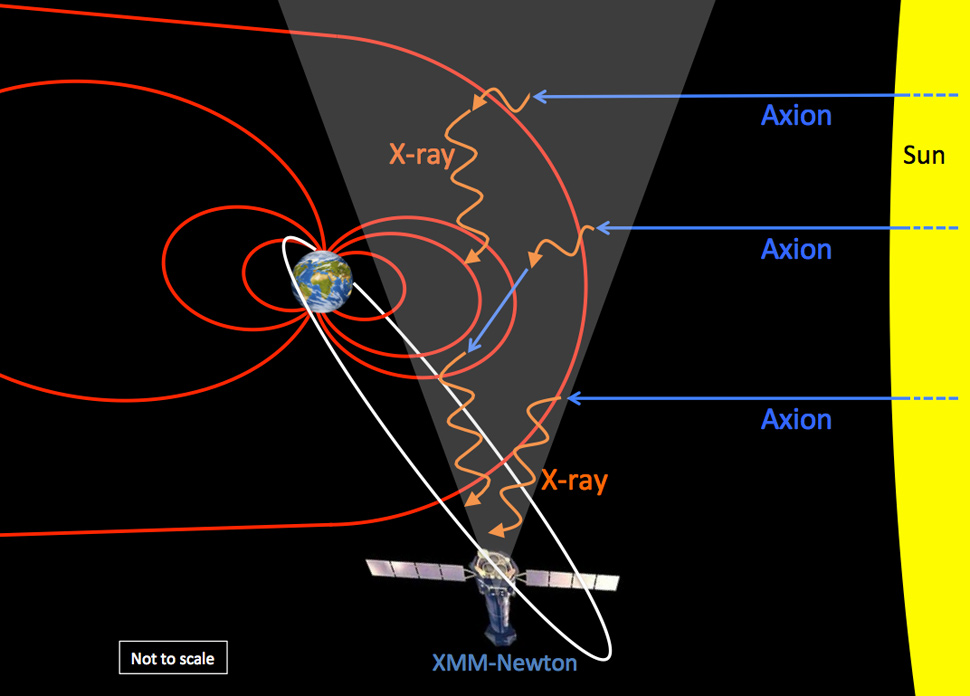Molecular quantum computing marks a groundbreaking advance in the field of quantum technology, where researchers successfully utilized molecular structures to perform quantum operations for the first time. This innovative approach leverages the unique properties of polar molecules in quantum systems, offering promising capabilities for future quantum computing breakthroughs. By harnessing trapped molecules technology, scientists aim to enhance the efficiency and complexity of quantum logic gates, paving the way for ultra-high-speed computations. The recent accomplishments in molecular quantum computing signify a pivotal milestone, indicating that the potential for harnessing molecular complexities may soon be realized in commercial applications. As the boundaries of traditional quantum computing expand, the integration of molecular qubits could revolutionize sectors reliant on advanced computational power.
In the realm of advanced computing, the concept of quantum molecular systems has emerged as a captivating frontier. By engaging with intricate molecular configurations, this innovative technology seeks to exploit the quantum mechanical properties inherent in these structures. The endeavor to create quantum molecular frameworks involves utilizing diverse particles and optimizing their interactions to establish coherent quantum states. Enthusiasts of quantum mechanics argue that the advent of molecular computation may lead to unprecedented advancements in speed and functionality. As researchers delve deeper into this fascinating domain, the potential to redefine information processing through sophisticated quantum operations continues to take shape.
Trapping Molecules: A Quantum Computing Breakthrough
The recent achievement in trapping molecules marks a significant breakthrough in the field of quantum computing. Researchers, led by Kang-Kuen Ni, demonstrated that molecules, long considered too unstable and complex for quantum operations, can indeed be utilized as qubits. This shift from traditional particle methods to molecular systems opens new avenues for quantum logic gates, allowing for unprecedented speed and efficiency in quantum calculations. The successful entrapment of sodium-cesium (NaCs) molecules highlights the potential of molecular quantum computing, paving the way for innovative applications across various industries.
In this landmark study, the Harvard team utilized optical tweezers to capture these polar molecules in an ultra-cold environment, thereby minimizing their erratic movements. This meticulous control enabled successful quantum operations and the establishment of a two-qubit Bell state with a remarkable accuracy of 94 percent. Such precision is crucial as it reinforces the stability of qubits, which is a fundamental requirement for reliable quantum computing. This quantum computing breakthrough could revolutionize technology by integrating molecular structures into quantum operations.
The Role of Polar Molecules in Quantum Operations
Polar molecules play a pivotal role in quantum operations due to their complex internal structures and unique properties. Unlike conventional qubits, polar molecules can hold more information and create stronger entangled states, essential for advanced quantum computations. The research at Harvard demonstrated that by using electric dipole-dipole interactions among trapped molecules, researchers could effectively manipulate their states, facilitating operations that are not possible with single atoms or ions. This harnessing of polar molecules exemplifies a notable leap in quantum technology, unlocking the potential for new experimental methodologies and applications.
The utilization of polar molecules in quantum computing also fosters the development of novel quantum logic gates, such as the iSWAP gate utilized in this study. By allowing intricate interactions between qubits, these gates enhance the capabilities of quantum circuits, enabling more efficient computation. As the field progresses, leveraging the distinct properties of polar molecules promises to enhance the performance of quantum systems, moving towards scalable quantum computing architectures that can solve problems deemed intractable for classical computers.
The Advancements in Trapped Molecules Technology
Trapped molecules technology represents a pivotal advancement in the quest for molecular quantum computing. By stabilizing these complex entities within ultra-cold environments, researchers can mitigate the inherent instabilities associated with molecular qubits. The experimental techniques employed, including the use of optical tweezers, allow for precise manipulation of the molecules’ quantum states. This meticulous approach not only safeguards coherence, crucial for robust quantum operations, but also facilitates the development of scalable architectures necessary for practical quantum computing.
Moreover, trapped molecules provide the mechanical stability that has historically hindered their use in quantum operations. The breakthrough achieved by the Harvard team not only illustrates the feasibility of trapping and controlling molecules but also sets the foundation for constructing more sophisticated quantum logic gates. As researchers refine these approaches, the ability to perform intricate quantum operations will significantly enhance the efficiency and reliability of molecular quantum computing.
Exploring Quantum Logic Gates and Their Significance
Quantum logic gates are fundamental building blocks of quantum computing, analogous to classical logic gates but with enhanced capabilities. In quantum systems, gates operate on qubits, which can be entangled and exist in multiple states simultaneously, a feature absent in classical bits. The iSWAP gate, utilized in the recent experiment, showcases this complexity by allowing the entanglement of two qubits, which is critical for establishing quantum networks and conducting advanced computations. This ability to create and manipulate entangled states is what empowers quantum computing to tackle complex problems faster than classical computers.
As researchers move forward in their endeavors, profound implications arise from advancements in quantum logic gates using molecular systems. The potential to create and control logical operations at molecular scales could redefine computational efficiency, leading to breakthroughs in fields ranging from cryptography to drug discovery. The progress achieved in creating functional quantum gates using trapped molecules signifies a watershed moment for quantum technology, offering promising prospects for the future.
The Future of Molecular Quantum Computing
Looking ahead, the future of molecular quantum computing is filled with exciting possibilities. Researchers are just beginning to tap into the potential embedded within complex molecular structures. The breakthrough in trapping molecules for quantum operations lays the groundwork for numerous advancements, including the development of more efficient algorithms and new applications that could transform entire industries. As the understanding of polar molecules and their interactions deepens, the field may witness rapid innovations leading to scalable quantum technologies.
Additionally, the integration of molecular systems into quantum computing not only enhances computing power but also broadens the scope of applications. For instance, advancements in molecular quantum computing could lead to significant improvements in machine learning, optimizing processes in pharmaceuticals and materials science. The journey toward a molecular quantum computer that harnesses these sophisticated systems will undoubtedly lead to transformative advancements, reshaping how we approach complex computational challenges.
Harnessing Nuclear Spins for Quantum Computing
The potential of nuclear spins in quantum computing signifies another frontier that researchers are eager to explore. These fundamental properties of atomic nuclei can serve as effective qubits, allowing for robust manipulation and quantum operations. By utilizing nuclear magnetic resonance techniques, scientists can leverage the intricate interactions within molecules to implement coherent quantum states. This technique not only enhances computational power but also contributes to the stability required for reliable quantum processing.
The Harvard team’s success in trapping polynomials can serve as a crucial stepping stone towards harnessing nuclear spins effectively. As molecular quantum computing evolves, the interplay between strong nuclear interactions and external control mechanisms will enable researchers to pinpoint qubit interactions with unprecedented precision. The multidisciplinary approach involving chemistry, physics, and engineering will catalyze breakthroughs in harnessing nuclear spins, transforming the quantum computing landscape.
Quantum Mechanics and Its Applications in Computing
Quantum mechanics, the foundational theory underlying quantum computing, offers principles that enable functionalities far beyond traditional computing paradigms. The phenomena of superposition and entanglement inherent to quantum mechanics allow qubits to perform multiple calculations at once, vastly increasing computational efficiency. The recent breakthroughs in molecular quantum computing exemplify how these principles can be applied to develop scalable, practical quantum systems that could solve complex problems in various fields, including finance, medicine, and artificial intelligence.
As the quantum computing landscape evolves, bridging theoretical concepts with practical applications becomes increasingly vital. The Harvard research team has demonstrated how the complexities of quantum mechanics can be operationalized using trapped molecules, revealing a pathway towards developing more sophisticated quantum algorithms and technologies. The richer understanding of these quantum phenomena will facilitate the creation of quantum systems capable of tackling computation-intensive tasks, ultimately transforming industries and enhancing technological capabilities.
Innovative Techniques in Quantum Operations
The innovative techniques employed in the recent quantum operations highlight the ingenuity and creativity of researchers venturing into the realm of molecular quantum computing. Among the key advancements is the use of optical tweezers to stabilize polar molecules in ultra-cold environments, permitting better control over the quantum states of these molecules. Such precision techniques are vital for the successful implementation of quantum logic gates and for mitigating the typically chaotic movements associated with molecules, which can disrupt coherent quantum behaviors.
Furthermore, the approach utilized by the Harvard team paves the way for enhancing the coherence time of qubits significantly. By applying controlled interactions, specifically electric dipole-dipole interactions, researchers can hone in on the necessary conditions to execute successful quantum operations. This meticulous control not only improves the fidelity of quantum states but also fosters a deeper understanding of how molecular systems can be methodically manipulated, setting the stage for profound advancements in quantum technology.
Implications of Quantum Entanglement in Molecular Systems
Quantum entanglement, a phenomenon where the states of two or more particles become intertwined, is central to the functionality of quantum computing. The recent findings in trapping molecules demonstrate that researchers can effectively create and measure entangled states, such as the two-qubit Bell state, with impressive accuracy. This level of entanglement within molecular systems is paramount for developing complex quantum networks and algorithms that can outperform classical computational methods.
The significance of entanglement extends beyond simple quantum operations; it is the very foundation for quantum teleportation, secure communications, and quantum information processing. As current research progresses, the potential to exploit quantum entanglement in molecular systems opens vast opportunities for innovation in areas such as quantum cryptography and advanced material development. Understanding and harnessing entanglement will be pivotal in realizing the full potential of molecular quantum computers in various aspects of technology.
Frequently Asked Questions
What is molecular quantum computing and how is it related to quantum operations?
Molecular quantum computing refers to the utilization of molecules, particularly ultra-cold polar molecules, as qubits to perform quantum operations. This approach leverages the complex internal structures of molecules to enhance quantum computing capabilities, allowing the creation of quantum logic gates and facilitating advanced computations.
How did researchers achieve a breakthrough in trapped molecules technology for quantum computing?
Researchers achieved a significant breakthrough in trapped molecules technology by successfully trapping sodium-cesium (NaCs) molecules and conducting quantum operations for the first time. Utilizing optical tweezers in a stable, ultra-cold environment, they manipulated the molecules’ quantum states to create a two-qubit Bell state, marking a pivotal advancement in molecular quantum computing.
What role do quantum logic gates play in molecular quantum computing?
Quantum logic gates are essential in molecular quantum computing because they manipulate qubits, which can exist in superpositions of states. Unlike classical logic gates that handle binary bits, quantum gates operate on qubits to perform complex calculations, enabling entangled states and greater computational power for various applications.
What is the significance of the iSWAP gate in molecular quantum computing?
The iSWAP gate plays a crucial role in molecular quantum computing as it facilitates the entanglement of qubits by exchanging their states and executing essential phase shifts. This gate is critical for generating entangled qubits, which enhances the capabilities of quantum computing systems.
How do polar molecules contribute to advancements in quantum computing?
Polar molecules contribute to advancements in quantum computing by offering unique interactions through their complex internal structures, allowing for precise control over quantum states. Their use as qubits in molecular quantum computing enables the development of innovative quantum operations and logic gates, potentially leading to faster and more powerful computations.
What challenges have researchers faced in using molecules for quantum operations, and how have they been overcome?
Researchers have faced challenges such as the instability of molecules in quantum operations due to their erratic movements. These have been overcome by trapping molecules in ultra-cold environments using optical tweezers, significantly reducing their movements and enabling precise manipulation of their quantum states for successful quantum operations.
What future innovations can arise from breakthroughs in molecular quantum computing?
Future innovations from breakthroughs in molecular quantum computing may include the development of more stable and efficient quantum systems, novel quantum algorithms, and enhanced applications in fields such as cryptography, drug discovery, and materials science, leveraging the unique properties of molecules for advanced computational capabilities.
| Key Points | Details | |
|---|---|---|
| Research Breakthrough | A Harvard team has successfully trapped molecules for quantum operations, marking a significant advancement in molecular quantum computing. | |
| Utilization of Molecules | Utilizing complex internal structures of molecules as qubits allows for enhanced speed and capability in quantum computing applications. | |
| Trapping Method | Sodium-cesium (NaCs) molecules were trapped using optical tweezers in ultra-cold environments, facilitating effective control during quantum operations. | |
| Quantum Operations | The team achieved a two-qubit Bell state with 94% accuracy through the manipulation of trapped molecules, enabling the execution of an iSWAP gate, crucial for creating entanglement. | |
| Advantages of Molecular Qubits | Molecular qubits can exist in superpositions, allowing quantum computers to perform complex calculations exponentially faster than classical computers. | |
| Future Implications | The research opens pathways for further innovations in quantum computing, leveraging the distinct properties of molecular systems. | |
Summary
Molecular quantum computing has achieved a remarkable milestone with the successful trapping of molecules for quantum operations. This groundbreaking approach utilizes the intricate structures of molecules, which have previously posed challenges in quantum environments. By overcoming these barriers, researchers at Harvard University are paving the way for more advanced quantum computing technologies that could fundamentally transform the field. The potential of molecular quantum computing promises to unlock new realms of computational speed and efficiency, revolutionizing applications in diverse sectors such as medicine and finance.









